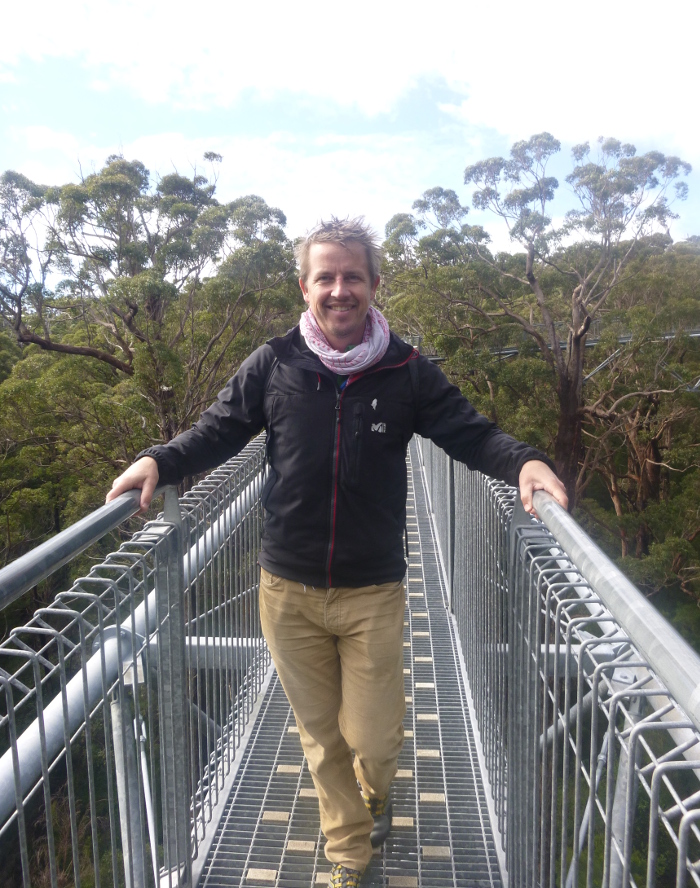
Hi Matt, thanks for talking to us. First of all, can you tell us about BBC Wildlife – what is it about and who is reading it?
It’s the UK’s only magazine for people who want to find out more about the natural world, conservation and animal behaviour. We’ve introduced more sections where readers can get involved.
The magazine has relaunched last month with a complete redesign. What’s new?
We have thought really hard about what our readers want from us. We have introduced new sections on developing naturalist skills and the best wildlife experiences in the UK and around the world. We’ve got new sections on animal behaviour and science, a bolder mission to report on conservation and ways that our readers can make a difference. And we’ve got more readers involved with making the magazine (look for our Local Patch Reporters in the latest issue). But our USP is still authoritative wildlife features, written by experts and the very best wildlife photography in the world.
What made you decide to make these changes and how do you think it’ll impact the magazine in the future?
We wanted a magazine that was more creative and able to tell stories in new and different ways. We also wanted to get our readers more involved with the magazine: we now have 20 readers reporting on their local wildlife and creating video and picture reports. Take a look at our redesigned website discoverwildlife.com and you’ll find the focus is much more on our readers sharing their wildlife experiences. I think the website will become a much more important part of the way we create and share content and develop new ways to help our readers.
What do you think makes BBC Wildlife different from the other titles in its sector?
Our features are written by wildlife experts, we have incredibly high ethical standards for the images we use and we are the only magazine that covers animal behaviour, science and conservation. We’ve been around for over 50 years and we are valued because of the incredible expertise of our editorial team and our list of contributors.
Do you pay for contributions from freelance journalist/photographers? If so, how do you like them to get in touch?
A good feature idea with a strong standfirst and angle is the best way to pitch features. Writers need to be clear about where it fits into the magazine and it’s obviously worth checking recent features.
Do you tend to work with the same PRs or do you receive contributions from a wide range of sources?
We deal with a fairly limited number of PRs, but with new sections on wildlife gear and travel we’re always keen to hear from new agencies.
Now about yourself… You were appointed editor of the magazine in September last year – where did you work before and how did you end up in your current role?
Prior to joining BBC Wildlife Magazine, I was working for Lonely Planet in Melbourne as the product development director, working on eBooks, apps and launching print titles. In the UK I worked for Bauer Media where I edited Trail magazine and launched Outdoor Fitness and Trail Running, and before that I was a lecturer in journalism at Cardiff University.
What interests you most about your job?
I have always loved the magazine and I relish the opportunity to learn so much about wildlife. I really want to encourage a very hands on approach to nature, which is why we’re running more sections on developing people’s naturalist skills. The editorial team are obviously all experts and enthusiasts. We’re all heading out this weekend to record the dawn chorus and we’ll be posting the results on our website discoverwildlife.com.
And to conclude, do you have a favourite wildlife spot, in the UK or worldwide?
Last summer I was travelling back from Australia and actually had my job interview for this post via Skype from the back of a campervan in Ningaloo Reef, Western Australia. During the day I was swimming with my kids spotting reef sharks, turtles, dolphins and manta rays, then in the evening I would sit on a beach watching humpback whales out to sea. It certainly helped in the interview to be able to talk about the amazing wildlife we were seeing each day. But I love the New Forest, so an early morning walk through the woods near Brockenhurst would be my favourite spot in the UK.
The editorial team of BBC Wildlife can be found tweeting @WildlifeMag